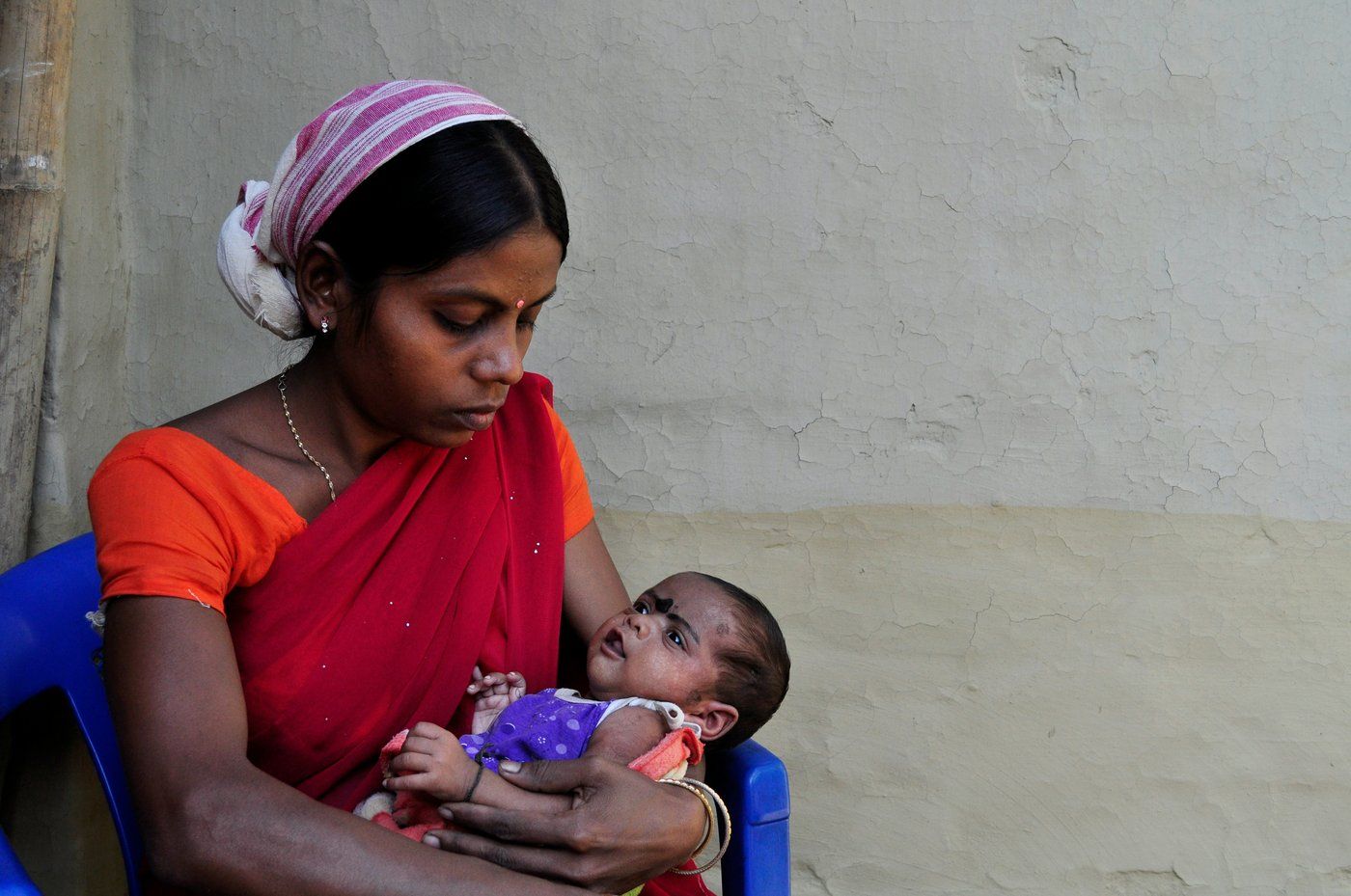Claudia Goldin, Nobel laureate and American labor economist, calls it ‘greedy’ work. This is work that requires long, inflexible working hours and pays disproportionately more on a per-hour basis. It includes the work of professionals such as doctors, lawyers and those in the finance industry.
According to Goldin, since the early 1980s, jobs with the greatest demands for long hours and the least flexibility have paid disproportionately more, while earnings in other occupations have stagnated.
For instance, positions that women find hard to enter, such as those in finance, are precisely those that have seen the greatest increases in income in the last several decades.
The reason women are losing out is because they are spending a disproportionate amount of time on domestic and caregiving responsibilities such as childcare.
Their ability to perform in jobs that demand ‘greedy work’ are constrained by their caregiving responsibilities.
For instance, 53 percent of women in India cite care responsibilities as reason for not participating in the labor force, while the corresponding figure for men stands at 1.1 percent.
This link between greedy work, economic opportunities for women and the gendered pay gaps has brought to the fore discussions around ‘women’s time’ and what they do, or rather, can do with it.
Working from, and for, home
Women contribute a major chunk of household labor in the form of unpaid labor — they carry out at least two and a half times more unpaid household and care work than men.
But conventional national statistics of work and production ignore this, excluding two-thirds of work and economic production by women.
In 1993, in response to criticism by feminist economists, the United Nations’ statistical commission revised the system of national accounts and broadened its scope by redefining the boundaries of production.
The system of national accounts is an internationally agreed standard set of recommendations on how to compile measures of economic activity.
The revision was made to expand the definition of work to include non-economic activities, thereby capturing unpaid work too.
To account for household production, the commission suggested creating satellite accounts that are separate from — but consistent with — the main accounts of the market economy.
Satellite accounts help measure the size of economic sectors such as unpaid domestic and care work that are not classified as industries in national accounts.
The Platform for Action adopted by the Fourth World Conference on Women in Beijing, 1995 — considered the most progressive blueprint ever for advancing women's rights — also demanded the full recognition of women’s economic production.
It called for several measures including improving data collection on unpaid labor in non-market production, and measuring and quantifying care work.
It is in this context — push for better statistics to understand the gendered nature of household labor — that Time Use Surveys gained prominence.
Time-use surveys are designed to collect quantitative summaries of how individuals spend or allocate their time over a specified period, typically over a day or a week.
They describe the daily life of a population in terms of what people do, how much time they spend on each activity, and the context of those activities.
These surveys have helped make gendered labor visible by quantifying it, and thus contributing to valuable inputs for policy and business decisions.
The surveys are not new, though. They have been used by developed countries to measure informal and subsistence work since the 20th century.
These surveys help classify activities into different production categories.
First, those that fall within the system of national accounts’ production boundaries such as production for markets and household consumption.
Second, activities that fall outside the conventional production boundary such as unpaid household services, care work and voluntary activities.
Besides, time-use surveys also capture personal activities such as socializing and self-care.
Data generated by these surveys has been used in the system of national accounts and labor statistics in some countries such as Ecuador, Japan, Mexico, Vietnam and Ghana.
Quality, not just quantity
Despite their utility, these surveys have their own challenges, especially in the context of developing countries.
First, they are costly – equally, if not more, compared to other household surveys — and require skilled staff such as interviewers and supervisors.
The training and skills of the enumerator are critical when people engaged in multiple activities are asked to recall them in the past 24 hours. A well-trained interviewer would be able to put these activities into relevant categories.
Both the quantity and quality of time are important, but these surveys do not adequately capture the qualitative aspects.
For instance, time spent on work that people enjoy differs from time spent on work they dislike — an hour of work doing a task you dread is not the same as an hour doing a task you love.
The survey may then miss the distinction between slow and fast workers and does not capture information on the quality and efficiency of work.
Social and cultural norms can also influence responses. For instance, men may answer questions on behalf of women, leading to an underreporting of their actual contributions when it comes to unpaid work.
Illiteracy and language barriers also impact both the quality of the data and the respondents' ability to participate. Some respondents may struggle to understand the questions or may be unable to articulate their answers clearly.
Efforts are being made to design time-use surveys so that they are easier to conduct and analyze.
Women face persistent pay gaps and economic inequalities due to the disproportionate share of unpaid work they do. Quantifying it through time-use surveys and using the data generated to inform policy decisions is one way to address this issue.
(Manjula is faculty at the Azim Premji University, Bengaluru, where she teaches courses in the broad domains of sustainability and livelihoods. Sangita is Professor, School of Management, and Assistant Dean, Research at BML Munjal University, Haryana. This article was originally published under Creative Commons by 360info)

